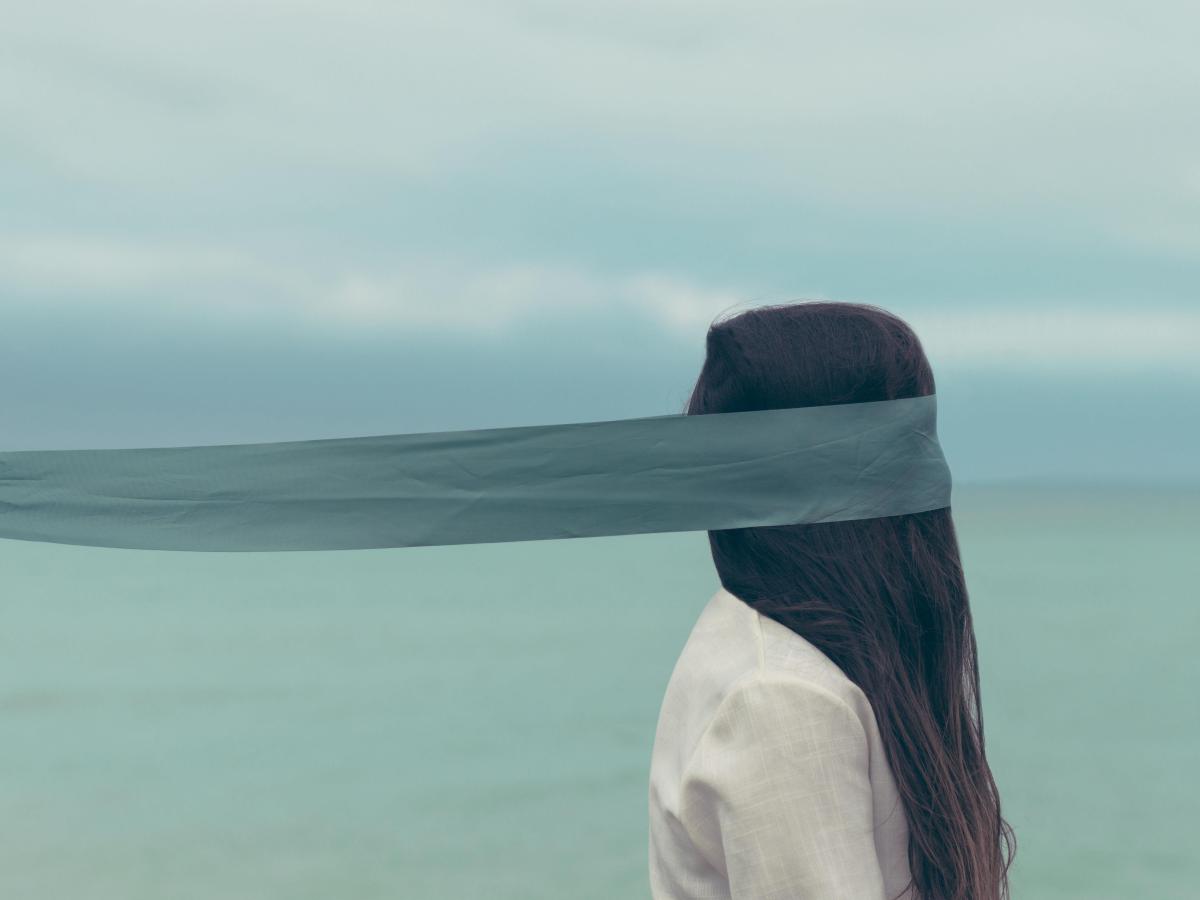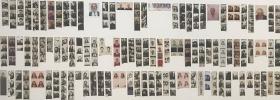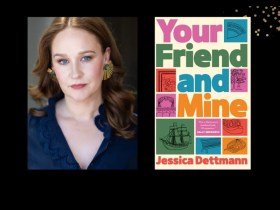Photo by Oscar Keys on Unsplash.
Yesterday’s two big arts money announcements need to be read closely together: firstly, the Federal Budget, showed no change to the Australia Council’s funding; secondly, the Australia Council’s Round 1 funding announcement for Arts Projects, shows some very exciting work is about to be supported.
It says a lot about these dire times that we can count the news of no cuts as good news. After all, the Australia Council has been hit several years in a row – either by unanticipated efficiency measures, or by unanticipated attack. And yet, no change is bad news. With annual increases in demand for grants, the quality of applications and the cost of everything, no net change to the Australia Council’s budget means going downhill – downhill, that is, from a perilously low base.
How low is that? In the year after the failed National Program for Excellence in the Arts, Alison Croggon calculated that grants were down 70% for individual artists and 72% for projects. Artists, of course, were not eligible to apply for NPEA or Catalyst grants, and what was left at the Australia Council was a greatly diminished funding pool. Back in 2013/14, the year to which Croggon was making her comparison, 1,340 individual artists and 2,489 total projects had been funded. Then, come 2015/16, those figures had dropped to 405 individual artists and 694 projects funded.
This year, with the first of three funding rounds announced, 176 successful applications were announced on the Australia Council website yesterday, and $6,351,735 was awarded. The Australia Council advised applicants that for this round of grants, they received 1,336 applications, with a success rate of 17%.
So we’re down to just 117 projects by individual artists and groups, and 59 projects by organisations. We can multiply that by three for each category and we’re still far, far below Croggon’s calculations. The drop is alarming indeed.
Let’s look at the Arts Projects funding outcome for Individuals and Groups of artists. The Australia Council makes it quite straightforward for us to do this: its Grants List allows us to search as far back as 1 January 2008 – and offers a handy export-to-Excel function to boot.
Arts Projects – Individuals and Groups – Round 1 of 3, 2018
|
ARTFORM |
No. |
TOTAL |
AVERAGE |
|
Aboriginal and Torres Strait Islander Arts |
5 |
$95,371.00 |
$19,074.20 |
|
Community Arts and Cultural Development |
5 |
$187,950.00 |
$37,590.00 |
|
Dance |
4 |
$96,088.00 |
$24,022.00 |
|
Emerging and Experimental Arts |
5 |
$202,437.00 |
$40,487.40 |
|
Literature |
19 |
$445,636.00 |
$23,454.53 |
|
Multi-Artform |
6 |
$167,286.00 |
$27,881.00 |
|
Music |
33 |
$798,967.00 |
$24,211.12 |
|
Theatre |
9 |
$270,183.00 |
$30,020.33 |
|
Visual Arts |
31 |
$688,567.00 |
$22,211.84 |
|
TOTAL |
117 |
$2,952,485 |
Note that the figures for visual arts don’t reflect the way we understand contemporary practice, with projects also included in Aboriginal and Torres Strait Islander Arts, Community Arts and Cultural Development, Emerging and Experimental Arts and Multi-Artform. Each of those areas has low numbers of projects funded, and the very low figure for dance is concerning indeed.
For Organisations, the numbers are similarly worrying:
Arts Projects – Organisations – Round 1 of 3, 2018
|
ARTFORM |
No. |
TOTAL |
AVERAGE |
|
Aboriginal and Torres Strait Islander Arts |
5 |
$384,616.00 |
$76,923.20 |
|
Emerging and Experimental Arts |
2 |
$128,000.00 |
$64,000.00 |
|
Community Arts and Cultural Development |
9 |
$653,699.00 |
$72,633.22 |
|
Dance |
5 |
$257,488.00 |
$51,497.60 |
|
Literature |
7 |
$262,520.00 |
$37,502.86 |
|
Multi-Artform |
5 |
$370,883.00 |
$74,176.60 |
|
Music |
12 |
$448,146.00 |
$37,345.50 |
|
Theatre |
7 |
$456,235.00 |
$65,176.43 |
|
Visual Arts |
7 |
$437,663.00 |
$62,523.29 |
|
TOTAL |
59 |
$3,399,250 |
Why are the number of projects funded so very low? Because a great deal of money was taken from the Australia Council, and hardly any of it was returned. It’s not difficult to conclude that this industry disruption was quite a deliberate tactic on the part of the NPEA’s engineers. Artists have been hit hard – but so have sector service organisations, who exist to develop the conditions that make it possible for artists to develop, make and show new work. That is, to achieve industry development policy objectives in ways that government can’t. With only handfuls of projects funded in each category, the overwhelming majority are, inevitably, artistic projects of excellence.
Let’s look a lot more closely at the year that Croggon compares. Way back in 2013/14, things were looking very different:
All funding programs, FY 2013/2014
|
SECTION |
No. |
TOTAL |
AVERAGE |
|
Aboriginal & Torres Strait Islander Arts Panel |
52 |
$1,964,606.00 |
$37,780.88 |
|
Arts Funding Division |
336 |
$6,156,289.00 |
$18,322.29 |
|
Arts Organisations Division |
111 |
$19,470,849.54 |
$175,413.06 |
|
Community Partnerships Section |
81 |
$3,922,388.00 |
$48,424.54 |
|
Dance Section |
50 |
$1,953,006.00 |
$39,060.12 |
|
Emerging and Experimental Arts |
47 |
$1,311,425.00 |
$27,902.66 |
|
Inter-Arts Office |
10 |
$400,000.00 |
$40,000.00 |
|
Literature Section |
197 |
$4,885,105.00 |
$24,797.49 |
|
Market Development Section |
346 |
$14,300,064.00 |
$41,329.66 |
|
Music Section |
308 |
$6,158,170.00 |
$19,994.06 |
|
Theatre Section |
101 |
$3,620,757.00 |
$35,849.08 |
|
Visual Arts Section |
298 |
$6,006,825.00 |
$20,157.13 |
|
TOTAL |
1937 |
$70,149,484 |
Back then, as well as having more appropriate levels of funding, each Australia Council section offered a range of programs that were targeted at achieving sector development aims. Like community partnerships, and mentoring programs, and sector service activity.
Today’s Arts Projects are the Australia Council’s only contestable funds for making new work. Multiple rounds of multiple programs have been stripped down to only three funding rounds per year, with considerably less money available for each one.
And while Arts Projects for Individuals and Groups and Arts Projects for Organisations are ostensibly offered for the support of artistic projects, they’re offered as a lot more than that.
What has emerged as something of a catch-all fund is also supposed to be able to cover practice-based research, experimentation, touring, promotion, marketing, and market development activity, in the case of individuals and groups of artists, as well as skills development and services to develop the arts sector, in the case of organisations.
This, of course, is impossible.
Arts Projects funding rounds cannot fulfil strategic objectives to support professional and sector development when peers are asked to assess those applications against proposals to develop, create and present new work. Only new funding and appropriately differentiated funding streams can achieve this.
What’s at stake? The future of the arts.
If the Australia Council is unable to support sector development, then we have no public body at the national level who is focused on fostering the arts ecology. No means for nurturing young and emerging artists. No national strategy for fostering experimentation and encouraging risk. And instead, a great risk of only funding those already established, already well-connected artists who are able to compete for such hotly contested funds.
Without returning significant and indeed audacious levels of funding to the Australia Council, the Government is telling the nation that it has no vision for the evolution of Australian cultural practice. No vision for the next generation of artists. No vision for Australian cultural diversity. No vision for the entrepreneurial innovation that fosters the development of the sector from expert perspectives. No vision for the adventurous audiences, awed visitors and critical thinkers of the future. No vision for the artistic courage that imagines a future – and dares to make it possible.
Of course, next year is an election year.





